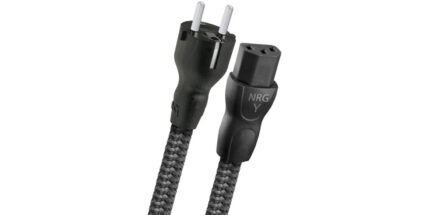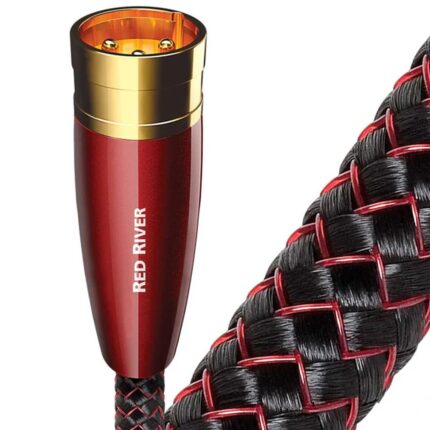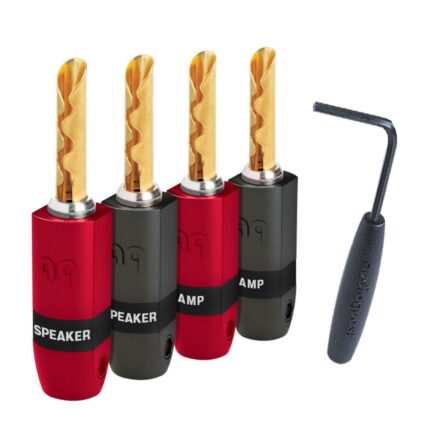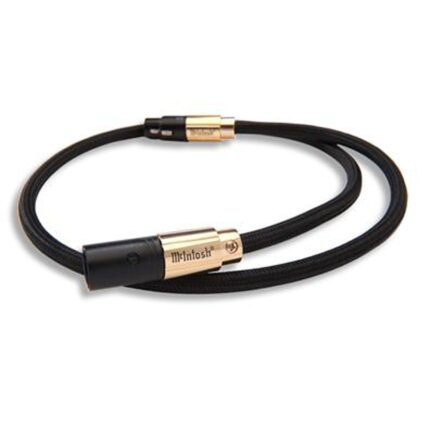AUDIOQUEST NRG-HURRICANE SOURCE 1.0m
89.990 ден
Optimized for use with Constant-Current/Source components, Hurricane Source AC cable features Perfect-Surface Copper+ (PSC+) conductors, PSS drains, 72v Dielectric-Bias System, ZERO-Tech for uncompressed current transfer, and RF/ND-Tech to cancel induced RF noise.
На залиха
Constant-Current (Source) Cables
Optimized for use with audio/video source components, which have a constant or “fixed” current draw.
Solid Perfect-Surface Copper+ (PSC+) Conductors
Solid Perfect-Surface Copper+ (PSC+) conductors prevent strand interaction, a major source of ear fatiguing transient intermodulation distortion. The astonishingly smooth and pure Perfect-Surface Copper+ eliminates harshness and greatly increases clarity compared to OFHC, OCC, 8N and other premium coppers. The superior purity of PSC+ further minimizes distortion caused by grain boundaries, which exist within any metal conductor. The astonishingly smooth and pure Perfect-Surface Copper further eliminates harshness and greatly increases clarity compared to OFHC, OCC, 8N and other premium coppers.
ZERO-Tech
While many AC power cables feature low DC resistance in order to accommodate the demand for high current, a cable’s characteristic impedance is also crucial for optimal performance. Unlike most AC cables that constrict or compress an audio-provoked transient, AudioQuest AC cables combine low DC resistance and ZERO (no) characteristic impedance in order to deliver uncompressed high-current transients on demand.
RF/ND-Tech
AC Ground wires may provide protection from an electrical short circuit, but they also act as an antenna. Thus, they are subject to induced radio-frequency (RF) noise. This RF noise bypasses component power supplies and is typically coupled directly into a system’s most sensitive audio/video circuits. AudioQuest’s RF/ND-Tech greatly reduces this distortion, yielding unprecedented levels of noise dissipation across the widest bandwidth (range) of radio frequencies possible. Our unique circuit topology uses a common-mode phase-cancelling array, in concert with proprietary dielectric materials which provide additional differential linear filtering. US Patent # 8,988,168.
72v Dielectric-Bias System (DBS)
Insulation is also a dielectric that can act like a shunt-filter. Biasing minimizes dielectric-noise and linearizes the filter, significantly improving wide-bandwidth dissipation of induced RF noise.
Directionality
All drawn metal strands or conductors have a non-symmetrical, and therefore directional, grain structure. AudioQuest controls the resulting RF impedance variation so that noise is drained away from where it will cause distortion. The correct direction is determined by listening to every batch of metal conductors used in every AudioQuest audio cable. When applicable, arrows are clearly marked on the connectors to ensure superior sound quality. For most models of AQ cable, the arrows not only indicate the direction that optimizes metal-directionality as part of Noise-Dissipation, but also indicates non-symmetrical attachment of shield and GND in order to optimize full-system performance.











